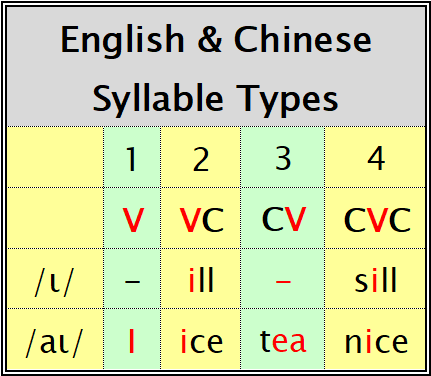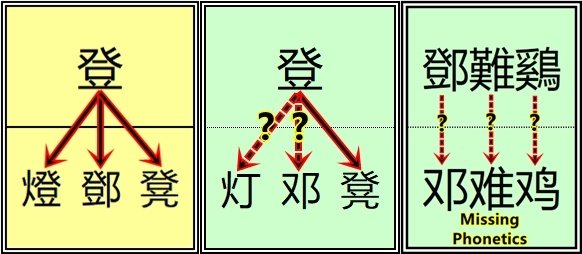Mistaken* premise. Chinese writing *IS* phonetic (mostly), but on a syllabic level: each character simultaneously stands for an entire syllable and a complete morpheme (minimal unit of meaning). Most characters include a phonetic element, some more accurate than others but still useful: entire syllable or rhyme only.

[Most characters combine a signific 父,革,竹… with a phonetic such as 巴 ba]
Languages with a large number of syllable types (such as English) opt for a roughly phonemic writing system (AKA an alphabet), where each symbol stands for a vowel (V) or a consonant (C). Using a few dozen letters and varying the consonant and vowel sounds, one can spell over a dozen English syllable types and close to ten thousand different English syllables.

Mandarin Chinese syllables are much more restricted: only types 1~4 are permitted.

Thus, if one ignores the four tones, Mandarin Chinese only has about 400 different syllables (mostly CV and CVC, with a few VC and V. Chinese syllables can only start or end with a single consonant (no consonant clusters allowed).
One Chinese syllable can cover dozens of unrelated morphemes. Thus, a phonemic writing system would lead to much ambiguity: “You wrote ‘ba’. I don’t know which one you are referring to.”
Chinese came up with its own non-alphabetic solution to the homophony problem: characters, the majority of which include semantic and phonetic hints. For various reasons (linguistic, political and social), traditional Chinese characters (TCs) are better suited to the Chinese language than alphabetic writing.

Unfortunately, simplified characters have created chaos out of order by arbitrarily chopping out significs and phonetics. On the left (yellow rectangle) one can see how the following characters 燈 DENG “lamp”, 鄧 DENq [surname] and 凳 DENq “bench, stool” all share a common phonetic element 登 DENG. In the green rectangle one can see how the SC forms are harder to correctly remember: 丁 ding is an inferior replacement for deng. 又, pronounced you, is even worse.
*The key is the difference between a phonetic system (assigns symbols to entire syllables, parts of syllables or individual elements) and a phonemic system (assigns symbols to phonemes: vowels and consonants).
“Mistaken premise” = the all too common assumption that Chinese characters are unitary, non-decomposable symbols that are either stylized images (山 mountain, 馬 horse, 水 water, 木 tree) or more abstract ideas (女 “woman”+ 子 “child” → 好 “good”; 止 “stop”) without any connection to actual sounds. Such non-phonetic characters constitute a minority (less than 20%) of the Chinese writing system.